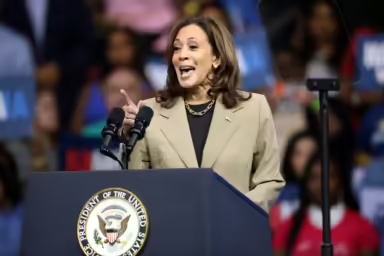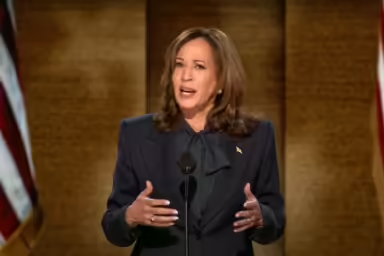Democrats are sounding the alarm over Ohio Secretary of State Frank LaRose’s (R) decision to purge almost 27,000 voters from the rolls after early voting had already begun.
|
Listen To This Story
|
Ohio Republicans have used every tool at their disposal to prevent the passage of a ballot measure that would guarantee women in the Buckeye State the right to make choices about their own reproductive health.
Some of these moves have been pretty shady. For example, they tried to raise the threshold of support needed to pass such a measure, and they changed the proposed language of the ballot initiative to make it less palatable to voters.
Therefore, it is hardly a surprise that Democrats are sounding the alarm over Secretary of State Frank LaRose’s (R) decision to purge almost 27,000 Ohioans from the rolls after early voting had already begun.
In a letter to LaRose, Bride Rose Sweeney (D) suggested that “significant errors were made” in that purge, and that all of the voters whose names had been deleted from the rolls should be reinstated until any problems can be sorted out following next week’s election.
“Every eligible voter who is removed from the rolls in error is a travesty — but it’s fixable,” she wrote. “Please reinstate these voters to the rolls and perform the necessary due diligence and quality testing on the purge list. Anything worth doing is worth doing right, especially when it comes to our right to vote.”
LaRose rejected suggestions that errors were made.
“We removed registrations that have (1) moved or died, (2) haven’t voted at their registered address in FOUR YEARS and (3) haven’t responded to multiple rounds of warnings that they’re eligible for removal,” he wrote on Twitter. “They meet ALL three of those criteria.”
While LaRose seems to be pretty proud of those criteria, that’s actually not a very high bar for revoking voter registrations. If, for example, a voter moved within Ohio, didn’t receive his mail (or doesn’t like opening letters from the government), and only votes in presidential elections but didn’t like the choices in the 2020 election, he would already meet all of them. So would soldiers serving overseas who don’t use absentee ballots.
And that’s assuming the purge went smoothly and that no mistakes were made.
However, Sweeney said that isn’t the case. In her letter, she said that some of the voters who had been purged did, in fact, cast a ballot in recent elections and should therefore have remained on the rolls.
“This finding alone is reason enough to reverse the purge, take a more thorough look at the list, and only remove those who have truly become ineligible to vote in Ohio — and to do so only after the November 7th election,” she wrote.
Sweeney also complained that communications from LaRose’s office related to this issue are riddled with erroneous information.
For example, she noted that LaRose, in a letter to her last week, indicated that Ohioans who move are no longer legal voters, which is false. One demographic this would affect are young people who recently went to college — and who are expected to overwhelmingly support a pro-choice ballot initiative.
And, according to Sweeney, the purge list disproportionately consists of younger voters.
Noting that LaRose had suggested that Democrats wanted dead people to vote, she pointed out that this kind of statement is “not only hysterical and hyperbolic,” but also not backed up by the facts.
“While Ohioans under age 45 make up less than 7% of those who die annually in our state, that same age group makes up roughly 55% of your purged voter list,” Sweeney stated.




